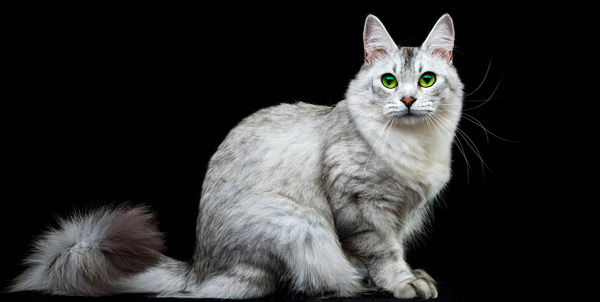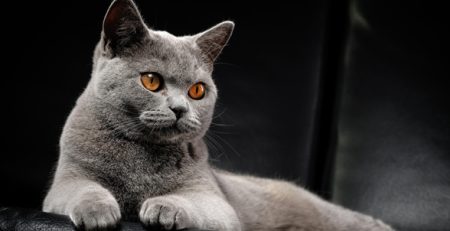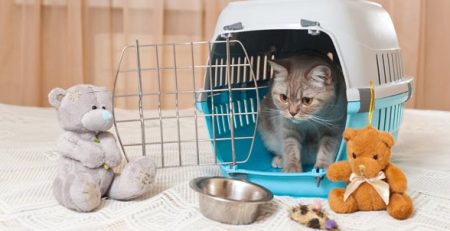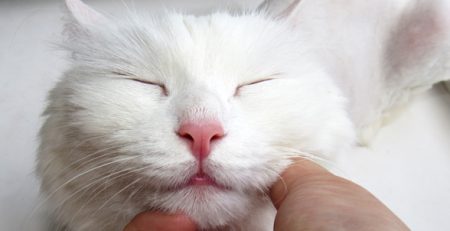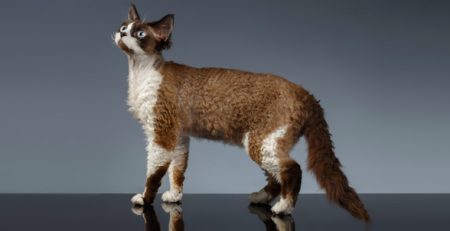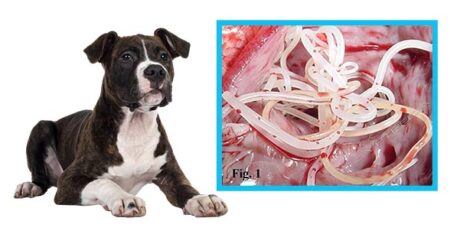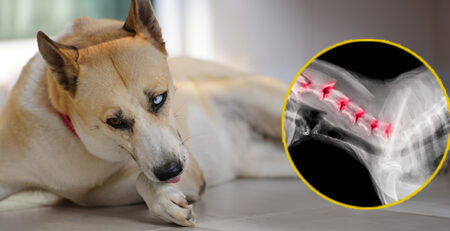Burmilla, the cat with the shimmering silver coat
The Burmilla cat is the result of an accidental cross between a Burmese and a Persian.
Chronicles report that an English noblewoman, Baroness Miranda Von Kirchberg, purchased a male Persian Chinchilla (i.e., silver-white) named Jemari Sanquist as a pet for her husband.
Sanquist, by a fortuitous chance, escaped the control of his humans and between raids, met a female Burmese lilac, Lilla Fabergé, with whom he mated.
The fruit of this “feline love story” was a litter of four females.
The puppies, who came to light in England on September 11, 1981, had the physical characteristics of their mother Burmese and a coat similar to their father’s but in the bright, shimmering shade of silver.
Hence the name Burmilla, which is a contraction of Burmese and Chinchilla.
From accidental mating to breeding the breed
The stunning beauty of these pups did not leave the breeders indifferent.
In 1984 the “Burmilla Cat Club” was founded and a breeding program was undertaken from then on.
Recognition by the “FiFe” (“Fédération Internationale Féline”) came in 1996.
So, the Burmilla is the last of the feline breeds in chronological order to be placed on the Cat Fanciers’ Association (CFA) pedigree cat registry.
The elegant and refined appearance of the Burmilla cat
The Burmilla is a medium to large cat with a muscular and harmonious build.
The head is round in shape, with full cheeks and a slightly arched forehead.
The ears are medium-sized, slightly rounded at the tips.
The eyes are large and round, green or amber in color.
One of the most remarkable aspects of the Burmilla is its coat, which is silky and soft to the touch.
The coat exists in two different coat lengths: semi-long haired, called “tiffanie,” and short haired.
It can come in different shades of color, but the most common combination is between silvery gray and a variety of beige and cream shades.
This particular coloring, together with “tipping” (i.e., the darker coloring of the fur tips), gives the Burmilla an elegant and refined appearance.
The Burmilla is known for its affectionate and sociable nature
The Burmilla’s sociability is one of its defining characteristics: these cats love to interact with people and do not disdain attention.
They are especially attached to their humans and tend to follow them to every corner of the house.
Intelligent and curious, they adapt easily to domestic life but still remain “explorers,” so it is important to provide them with adequate space to move and play.
Recurrent pathologies in Burmilla
Burmilla cats, like many other breeds, can be predisposed to specific genetic disorders.
One of the most common diseases is hypertrophic cardiomyopathy, a cardiovascular condition that affects the heart muscle, making it thicker and stiffer.
This problem can lead to a number of complications, including heart failure.
It is essential to have Burmilla animals undergo regular veterinary checks to monitor their heart health.
Another condition Burmilla may be prone to is hip dysplasia, a condition that can affect mobility and cause pain.
Due to their sturdy build, Burmilla generally have good health, but it is important to provide them with a balanced diet and control their weight to prevent obesity, which can exacerbate joint and heart problems.
It is also important to maintain good oral hygiene, as cats are susceptible to dental diseases that can affect their overall health.
To have your Burmilla checked and to schedule comprehensive periodic check-ups, contact the veterinary doctors on our staff who are always available to you.
We would also like to remind you that Clinica La Veterinaria is always open h24 every day including holidays and with First Aid service from 8 pm to 8 am.
For the joy of seeing them HAPPY

